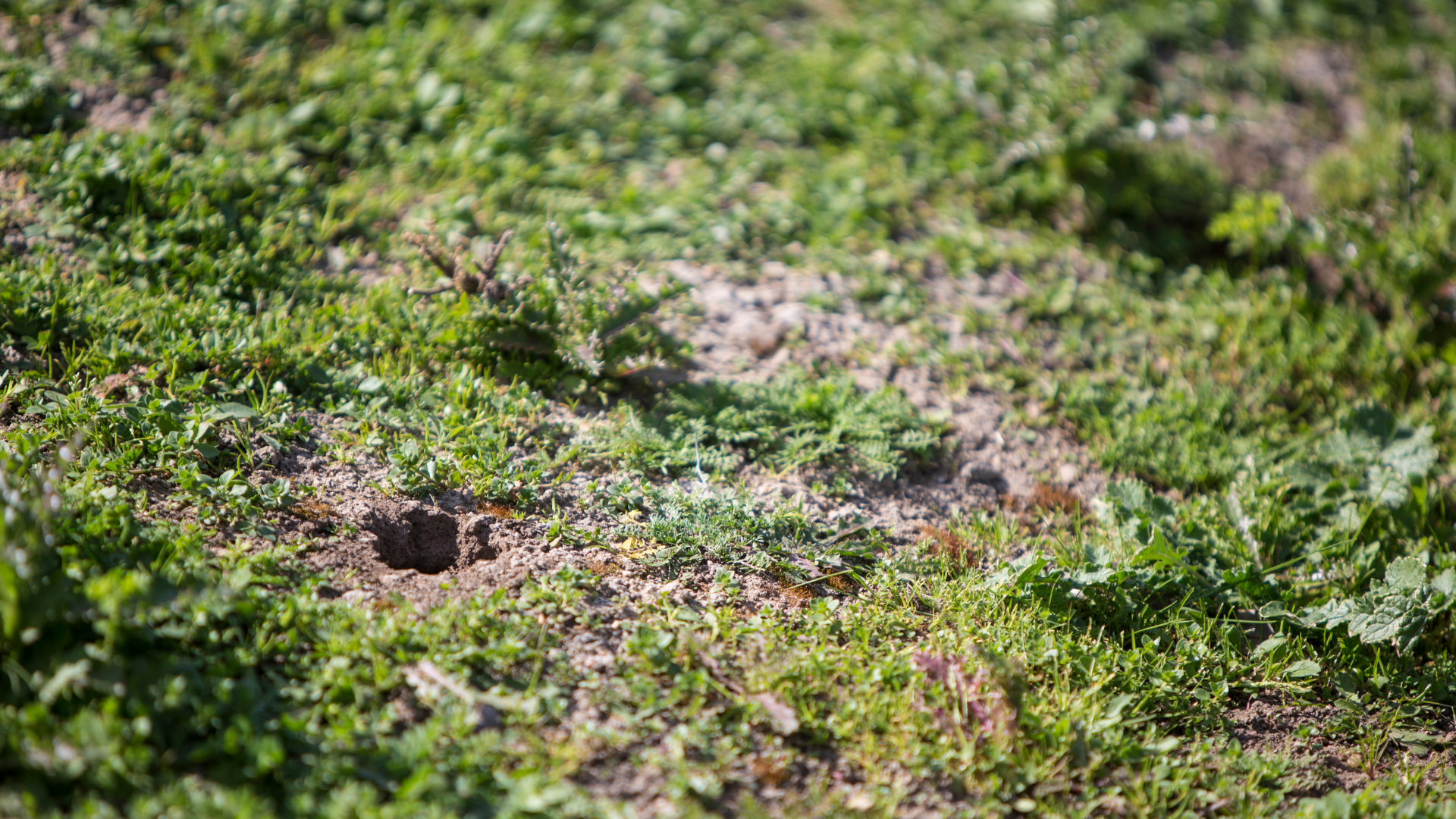How Minor Pest Activity Becomes A Full-Blown Infestation
There’s something deceiving about the occasional scurry behind the wall or the single ant trailing across the kitchen counter. It feels minor, even dismissible. Most folks don’t panic at the sight of one cockroach or a mouse dropping in the attic. But pests are masters of hiding their numbers, and by the time you start spotting them during the day, chances are you’ve got a lot more company than you think.
What starts as a harmless flicker of movement in the corner of your eye can quickly spiral into a deeply rooted infestation. Understanding how that happens—how a handful of pests become a population—can be the difference between quick, effective management and an uphill battle that drags on far longer than anyone would like.
Small Beginnings: Why Early Signs Matter More Than They Seem
The thing about pests is they’re not trying to get noticed. They’re secretive, operating under the radar, slipping into walls, behind appliances, under floorboards. One rat doesn’t come alone. A few ants don’t scout randomly. What you see is just a sliver of what’s actually happening.
Rodents, for instance, can squeeze into gaps the width of a quarter and make themselves right at home. They find nesting spots, start reproducing, and before long you’ve got an extended family gnawing on insulation and chewing through wires. Insects like cockroaches and termites are even more discreet. You might spot one roach in the bathroom at night, but that could be a sign of a deeply entrenched colony hiding behind the walls or under the floors. And termites? They can chomp away at the structure of a home for months before visible damage starts showing.
Ignoring those early signs doesn’t make the problem go away. It actually does the opposite—gives pests the time and space they need to settle in and expand. By the time you realize what's happening, the infestation may be rooted in places that are hard to reach and even harder to treat.
How Pests Multiply Faster Than You Think
Reproduction rates among pests are staggering. One mouse can produce a dozen babies every three weeks. Cockroaches lay dozens of eggs at a time. Ants form intricate colonies with thousands of individuals. And once they’ve found a spot with warmth, moisture, and food—like most homes provide—it’s like setting out a welcome mat.
What makes this worse is how silently they multiply. You might not notice a change for a few weeks, and then suddenly it seems like everything happens at once. The kitchen becomes overrun with ants, you hear scratching at night, or droppings start appearing in multiple rooms. But that explosion in activity didn’t happen overnight—it was building for weeks or even months under the surface.
And pests aren’t just multiplying—they’re spreading. Once a few find a good source of food or a comfortable place to nest, others follow. They send out signals, establish trails, and carve out little systems within your walls, attic, and crawlspaces. Every delay in acting allows their numbers to swell, and with each passing day, they get harder to control.
The Hidden Damage You Don't See (Until It's Too Late)
One of the biggest problems with infestations isn’t what you see—it’s what you don’t. Mice don’t just make noise and nibble crumbs. They chew wires, which can lead to electrical fires. Termites compromise the structural integrity of wood, potentially causing thousands of dollars in damage before anyone notices. Roaches spread bacteria across surfaces and can trigger allergic reactions. Even a small population, left alone, can create health hazards and serious repair needs.
And the longer these problems go unchecked, the more complex and costly they become. It's not just about trapping a few pests anymore—it becomes a matter of eliminating colonies, repairing the destruction they’ve left behind, and making sure they can’t come back. Prevention is no longer an option—it’s a full remediation effort.
This is why professional intervention becomes essential at the earliest signs. Spraying a can of store-bought bug killer or setting a few traps might catch a few scouts, but it won’t stop a growing colony. By the time DIY solutions stop working, the infestation has usually reached a level that demands deeper inspection, specialized treatment, and often follow-up visits to ensure long-term results.
Why Early Intervention Makes A Big Difference
Most pest infestations don’t happen in dramatic fashion. They creep in slowly. It starts with a few unexplained droppings, a foul odor in a closet, or an odd sound in the ceiling at night. These are the quiet signals that something’s stirring. And they’re the most important moments to take action.
By tackling pest issues while they’re still small, you not only save time and stress, but you also prevent significant damage to your home or business. Early intervention allows for targeted treatments that are more effective and less invasive. It also makes it easier to identify entry points, remove nesting zones, and shore up vulnerabilities before they become long-term problems.
The key takeaway is that the earliest signs—no matter how insignificant they may seem—deserve attention. Pests won’t pack up and leave on their own. They’re here for the long haul unless given a compelling reason to go. And that reason needs to come from thorough, knowledgeable pest control efforts, not wishful thinking.
At 101 Gopher and Pest Control, we’ve seen firsthand how fast a small issue can escalate. That’s why we encourage folks to call us the moment something seems off. Even the tiniest hints—those random sightings or unexplained noises—can be your house waving a red flag. The sooner we take a look, the easier it is to control the situation and help you avoid a drawn-out, more destructive problem.
Contact us today, and let’s stop the spread before it settles in. We’re here to help you stay ahead of whatever pests are lurking in the walls, under the floorboards, or behind the scenes. One call could make all the difference.










